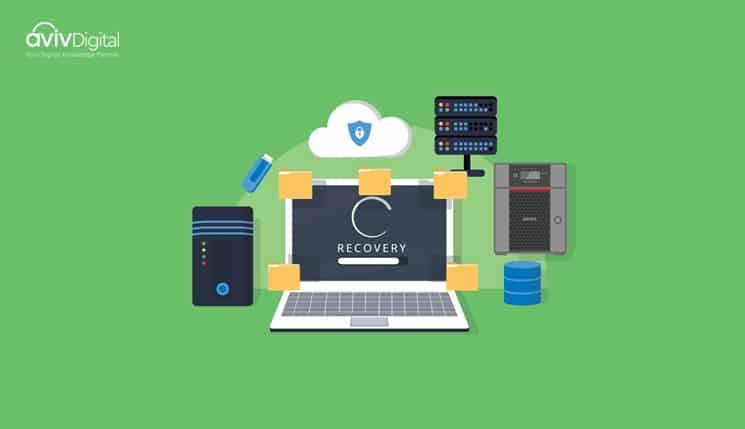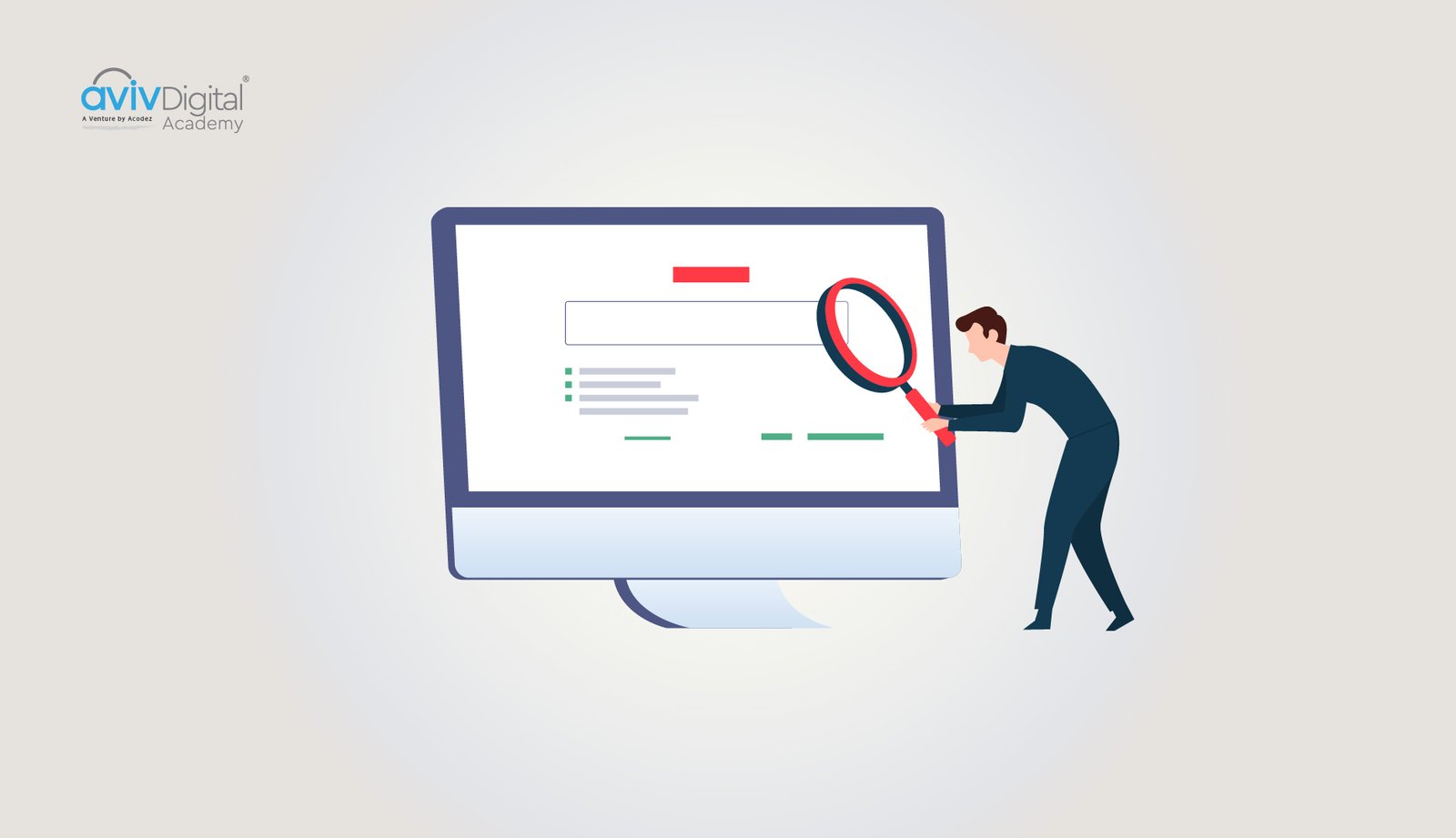
Digital marketing is the flow and extension of online ecommerce.
However, the way it works has opened much more room for new security threats.
Cybersecurity in the age of digital transformation has the ability to ruin your business’s marketing efforts.
In fact, the world loses a staggering $6 trillion to cybercrime damages annually.
Every online enterprise has to contend with the possibility of a security breach.
Here are some tips to help you overcome cybersecurity challenges in digital marketing.
Tips to Overcome Cybersecurity Challenges in Digital Marketing
1. Backup Data Regularly

The loss of marketing data can end up costing you a lot of money.
Data loss can occur at any time and for all kinds of reasons.
There are also many situations that may result in data loss, such as hard drive crash or damage, a ransomware attack, or a malware hijacking.
The main reason for data backup is to access important files if you ever lose important marketing data.
Ensure backups are taken frequently and on a regular schedule.
A proper backup copy is stored in a separate system or medium.
That means your backup system needs to be situated in a different location than your computer.
Backups can actually be a competitive advantage.
A regular backup can get back up to 100% files.
It can also protect sensitive marketing data in the event of a system malfunction.
Make sure it will keep running throughout the year.
Nevertheless, not all backup devices and technologies are the same.
Some users prefer to back up their data on off-site servers, while others prefer on-premise and cloud storage locations.
alsoRead
2. Use An Encryption Certificate
Public-key encryption uses two keys, one private and one public.
However, SSL Certificates do not dictate what key size is used.
Once the client receives the certificate, it confirms the certificate’s authenticity.
Installing an SSL certificate and using it for HTTPS encryption varies. For instance, symmetric encryption uses the same private encryption key for encrypting.
Advertisers can make use of this certificate for signature verification.
3. Employee Security Education

Employees are the weakest part of your marketing cybersecurity system.
Cybercriminals are too often able to gain access due to employees’ negligence, hence reinforcing the need for continuous employee education on cybersecurity.
For employees to be able to spot and prevent security breaches, they should be informed about good cybersecurity practices and understand that they play a big role in the organization’s cybersecurity strategy.
Managers have a range of tactics to deploy to educate employees.
Clearly communicate the potential impact of a cyber incident on your business. Employees should be educated on your data incident reporting procedure.
They should also learn how to take a step back and think things through. Of course, cybersecurity education will necessitate some investment. This also requires an ongoing commitment from CISOs and other company leaders.
4. Identify Security Risks
Cybersecurity threats are becoming harder to both prevent and detect.
The biggest challenge is in the very first step: identification of the risks.
A marketing cybersecurity risk assessment identifies various security threats. As a result, your company can identify suitable cybersecurity solution controls for addressing the risks
Every business must plan for cybersecurity risks in their supply chain.
A risk framework helps identify an organization’s risks and measures risk impact.
Consequently, your cybersecurity team should interview the organization’s executives and examine their written statements of cybersecurity risk.
Start by updating your risk register with cyber risk quantification and by making it useful for decision making.
That is important because stopping a DDoS requires identifying malicious traffic and halting access.
Additionally, conduct background and security checks for all employees.
5. Use Strong Passwords
There’s always the possibility that someone may try to steal your marketing information.
These attacks can be aimed at your marketing accounts, credentials, content, or vital information.
The key to securing your digital marketing information is to have strong passwords. Passwords are the digital keys to your marketing data and networks.
Therefore, make an easy to remember, yet hard to crack, password.
A strong password should look like a series of random characters. You could substitute a zero for the letter ‘O’ or ‘&’ for the letter ‘G’
Use a password that has at least 16 characters.
Reusing a password can compromise multiple accounts.
Instead, change it regularly—once every three to six months. This will lower the chances of them being compromised. Additionally, typing your passwords into unfamiliar sites is a bad habit.
A strong password protects your emails, files, and other marketing content.
Passwords you can’t remember are useless, but you need to choose a long enough password.
Using a password manager will also help you keep track of your passwords.
Most password managers will auto-update whenever you set a new password.
alsoRead
6. Use a VPN
A VPN creates an encrypted tunnel between you and a remote server by scrambling data when it’s sent over a Wi-Fi network.
The key to a VPN is that it lends you a temporary IP address. This means that people will see a different IP address.
Essentially, your VPN serves as an anonymous middleman that makes it impossible to know the origin of anything you type.
VPNs shield your marketing activity from search engines, advertisers, government entities, or your internet service provider. Similarly, privacy-focused search engines like DuckDuckGo, which often prompts the question “is DuckDuckGo safe?” offer users enhanced anonymity by avoiding tracking and data collection altogether.
VPNs can also get past regional restrictions for certain marketing campaigns. Some VPNs block malicious websites, ads, and trackers.
Many of the VPN services are cross-platform, so there are VPN for Windows as well as for other platforms (Mac, iOS, Android, Linux)
7. Hardware and Network Monitoring
Your network not only supports the company, but it is also the company.
Network monitoring is an essential part of digital marketing cybersecurity.
It is the best way to ensure that an organization monitors network health and proactively troubleshoots issues.
Monitoring allows marketing teams to know what is going on in their network and maintain a high performance IT infrastructure for your organization.
Network monitoring has to be designed to meet the needs of a particular environment specifically.
It also needs to filter out unnecessary data flooding your security monitoring tools. This can eliminate redundancy and prevent potential overlap.
As companies grow, so does the number of endpoints on the network. Similarly, the value of appropriate technical support cannot be overstated.
Your network team needs to detect, isolate, notify, and correct faults encountered in the network.
It should also look for devices that support vital business functions. This means that you should acquire any required resources.
alsoRead
8. Enhance Operational Security
Operational security is a risk management process that focuses on preventing your adversaries’ access to your digital marketing information.
The key is to identify what this information is and to deny or mitigate an adversary’s ability to compromise it.
To develop an effective operations security program, an organization should clearly define responsibilities and authorization.
This step also includes identifying any potential lapses in the marketing process.
Limit the exposure of the information about your marketing activities and attempt to determine what risks you might face.
9. Protect Critical Assets
Not every asset is as important as another.
The idea that some assets are extraordinary must be at the core of an effective marketing cybersecurity strategy. Perform regular cleanups to remove duplicates, delete junk files, and uninstall old apps
Critical assets are the business’s resources essential to running digital marketing operations.
Critical asset protection requires the company to tackle false positives.
Therefore, the company should deploy both advanced data protection and threat detection and response.
10. Digital Hygiene

Maintaining good digital hygiene will safeguard your digital marketing efforts.
When it comes to digital hygiene, you must focus on keeping sensitive data organized, safe, and secure from theft.
This also includes hardware, software, and applications.
If you’re not using a program or app, don’t leave it just sitting there.
Use safe browsers and HTTPS connections whenever possible.
That way you’ll know that communication between you and that page is encrypted.
alsoRead
11. Implement Two-Step Authentication
A password can be hacked through the use of brute-force techniques.
What you need is a second way to verify yourself.
Besides, an extra step of security never hurt anybody.
This second way is two-factor authentication.
Two-step authentication involves the generation of a one-time password from a shared secret key.
The secret key can be a passcode that was sent to your mobile phone and email.
You can also use a more secure authenticator app instead.
Final Thoughts
Digital marketers are faced with numerous challenges. Cybersecurity tools on their own are not sufficient protection for your digital marketing data and operations. And preventative measures using software and other methods can only go so far. Failing to apply digital safety could mean damage to the brand. Therefore, a broader security strategy is needed. At the same time, secure backups are the best strategy to prevent critical marketing operations.
Aviv Digital is one of the leading digital marketing training institutes in Calicut, Kerala. Our globally recognized certification programs include advanced SEO training, SEM, SMM, Email Marketing, and Inbound Marketing courses. We also provide detailed online classes for digital marketing courses. For more details regarding course schedule and workshops, contact us through a quote or call us right away at +91 81569 98844







